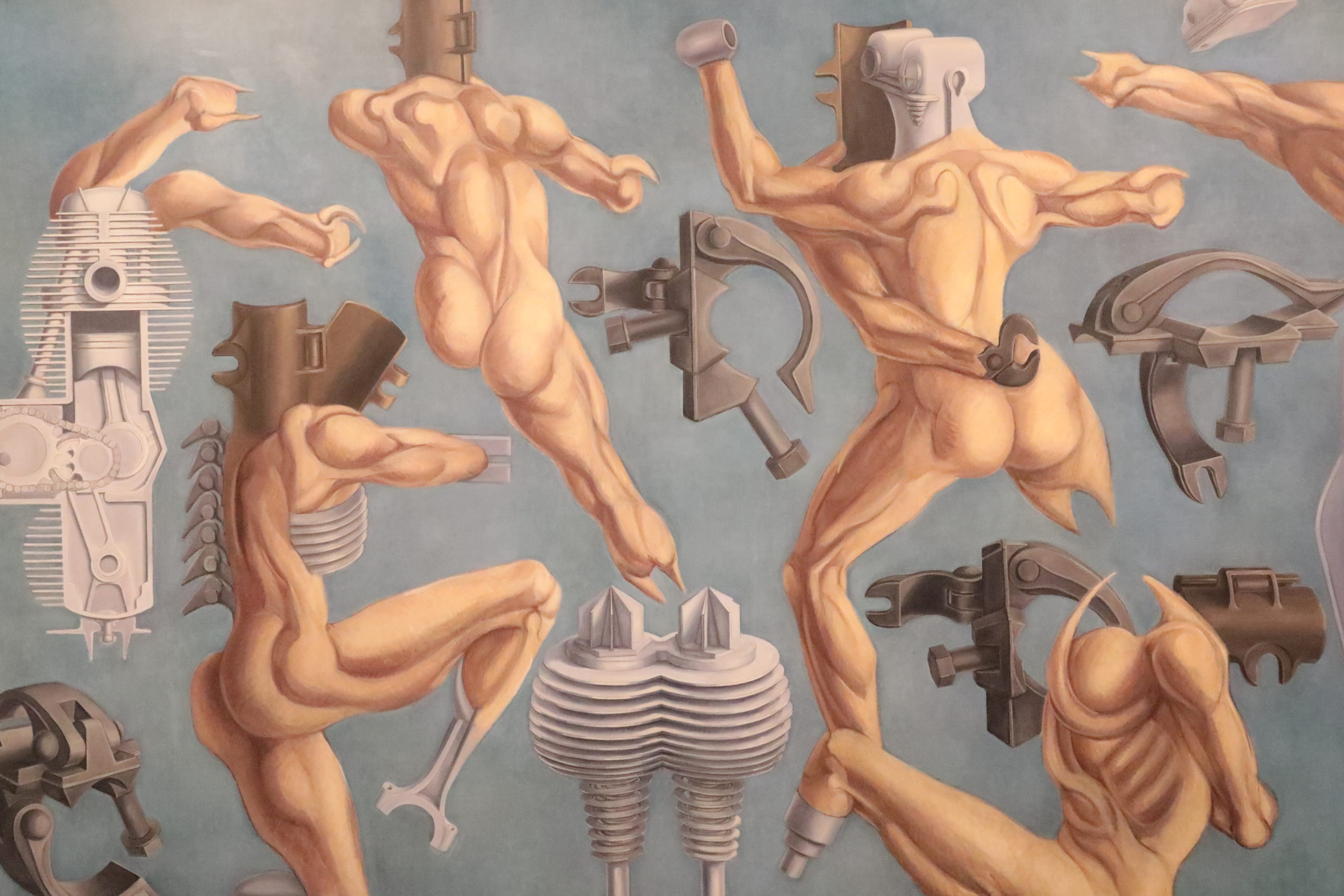For the first time in Europe, the Japanese photographer Yasuhiro Ishimoto is being celebrated with a major retrospective.
From 19 June to 17 November 2024, Paris will be the scene of an exceptional photographic event with the Yasuhiro Ishimoto exhibition at LE BAL. Organised in collaboration with the Ishimoto Yasuhiro Photo Center at the Museum of Art in Kochi, Japan, the exhibition will highlight an artist who is often overlooked in France and offer European visitors an insight into the work of a key figure in twentieth-century photography.
Born in San Francisco in 1921 to Japanese parents, Ishimoto grew up in Japan before returning to the United States, where he was interned during the Second World War because of his origins. After his release, he joined the Institute of Design in Chicago, a centre influenced by the ideals of the Bauhaus. It was here that Ishimoto forged his photographic eye, combining formal rigour with aesthetic sensitivity.
The exhibition features 169 vintage prints that take visitors on a journey through the artist’s early decades between Chicago and Japan. Visitors will discover how Ishimoto, described by American photographer Minor White as ‘visually bilingual’, fused the formal approaches of the New Bauhaus with the nuances of Japanese aesthetics.
According to Ikko Tanaka, a renowned graphic designer, Ishimoto represents an “intellectual and rigorous modernism” that has influenced many artists. His photographs, often compared to the sculptures of Brancusi, show a profound reflection on form, space and light, reflecting both his Japanese roots and his Western upbringing.
In addition to his aesthetic contributions, Ishimoto also pioneered the publication of photography books, with seminal works such as ‘Someday, Somewhere’ (1958), which redefined the genre. These books are also included in the exhibition, demonstrating his desire to push back the boundaries of the photographic medium.
As well as celebrating Ishimoto’s work, the exhibition at LE BAL invites us to reflect on the interactions between culture, identity and artistic expression. It raises questions about the impact of cultural background and life experience on artistic creation, and offers visitors an opportunity to reflect on how art can serve as a bridge between cultures.







